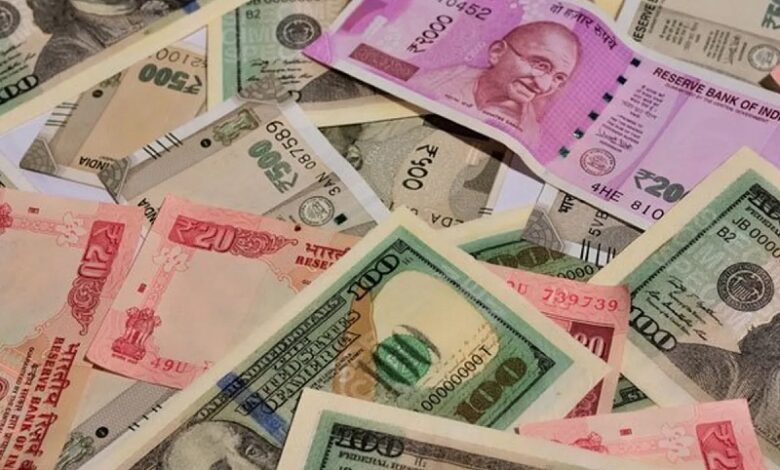India’s Forex Reserves Rises By 3.668 Billion Dollars Amidst Changing Market Dynamics

News Mania desk/Agnibeena Ghosh/14th May 2024
India’s foreign exchange reserves, as reported by RBI data, experienced a notable fluctuation in the week ending May 3, rising by USD 3.668 billion to reach USD 641.590 billion. This increase follows three consecutive weeks of decline, contrasting with the previous trend of seven weeks of continuous growth that culminated in a record high of USD 648.562 billion.
The surge in reserves was primarily driven by a USD 4.459 billion increase in India’s foreign currency assets (FCA), the largest component of the forex reserves, which reached USD 564.161 billion. However, gold reserves declined by USD 653 billion to USD 54.880 billion during the same period.
The robust level of foreign exchange reserves, which are sufficient to cover 11 months of projected imports, underscores India’s financial stability and resilience in the face of global economic fluctuations. The Department of Economic Affairs, under the Ministry of Finance, highlighted this in its Monthly Economic Review report.
In the year 2023, the RBI augmented India’s foreign exchange reserves by approximately USD 58 billion, marking a significant increase. This contrasts with the cumulative slump of USD 71 billion in forex reserves witnessed in 2022. Notably, the reserves have grown by over USD 20 billion cumulatively in 2024 thus far, indicating a trend towards recovery and stabilization.
Foreign exchange reserves, also known as forex reserves or FX reserves, constitute assets held by a nation’s central bank or monetary authority, primarily in reserve currencies such as the US Dollar, Euro, Japanese Yen, and Pound Sterling. These reserves play a crucial role in maintaining financial stability and supporting the economy’s resilience against external shocks.
India’s foreign exchange reserves last reached their peak in October 2021, followed by a subsequent decline attributed partly to the increase in the cost of imported goods in 2022. Additionally, the decline in reserves could be associated with the RBI’s interventions in the forex market to counter the rupee’s depreciation against the US dollar.
The RBI employs various measures, including liquidity management and dollar sales, to prevent excessive volatility in the exchange rate and ensure market stability. These interventions are conducted with the objective of maintaining orderly market conditions, rather than adhering to specific target levels or bands for the exchange rate.
The central bank closely monitors foreign exchange markets and intervenes as needed to contain abrupt fluctuations in the rupee’s value, safeguarding against destabilizing factors that could impact the economy. This proactive approach to managing forex reserves reflects the RBI’s commitment to preserving financial stability and bolstering investor confidence.
India’s foreign exchange reserves have experienced fluctuations in recent weeks, influenced by both domestic and global economic factors. Despite short-term variations, the overall trend suggests a trajectory of resilience and recovery, supported by prudent monetary policies and effective market interventions by the RBI. As India continues to navigate through evolving economic dynamics, maintaining robust forex reserves remains crucial for safeguarding financial stability and sustaining long-term economic growth.






